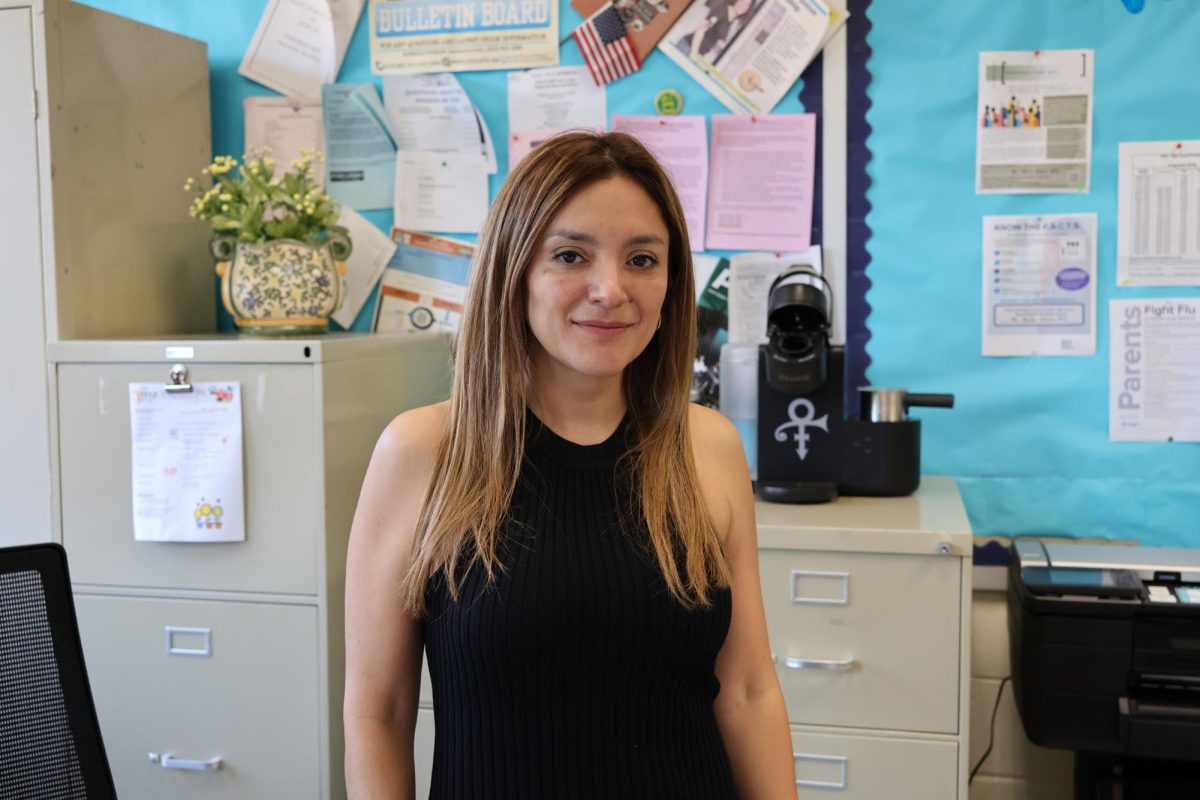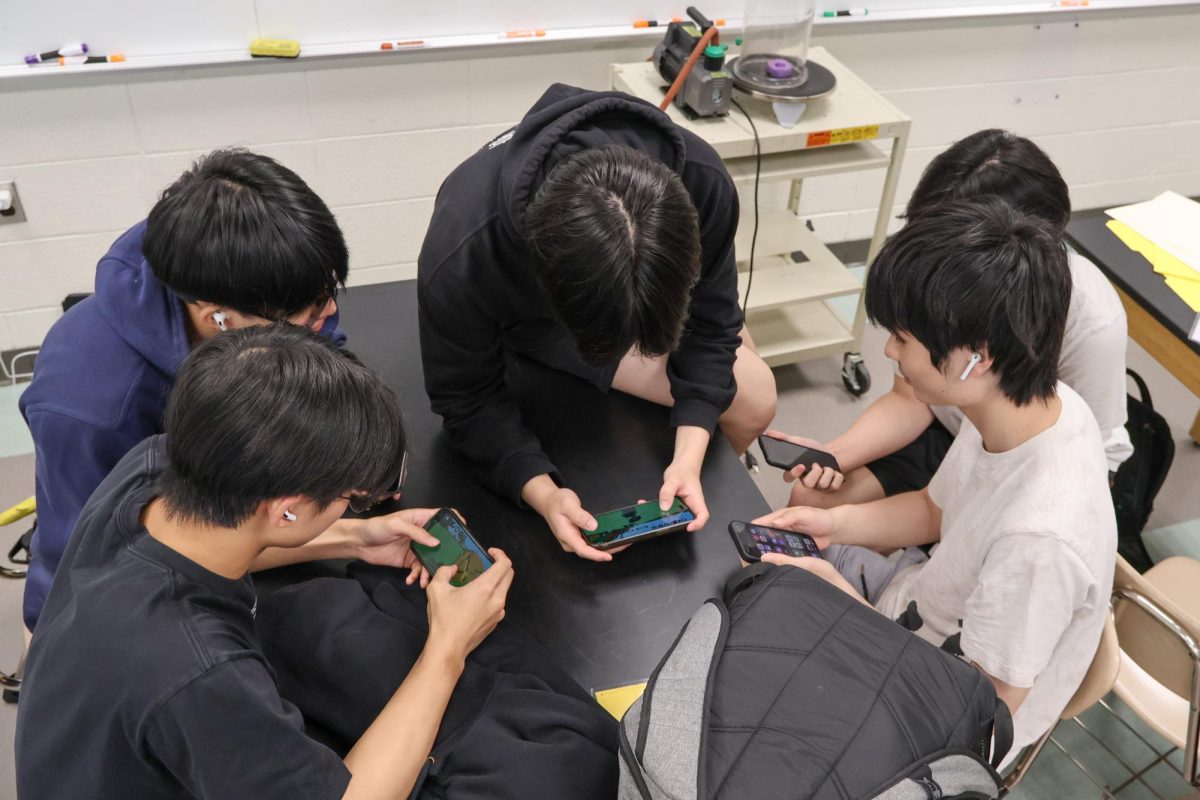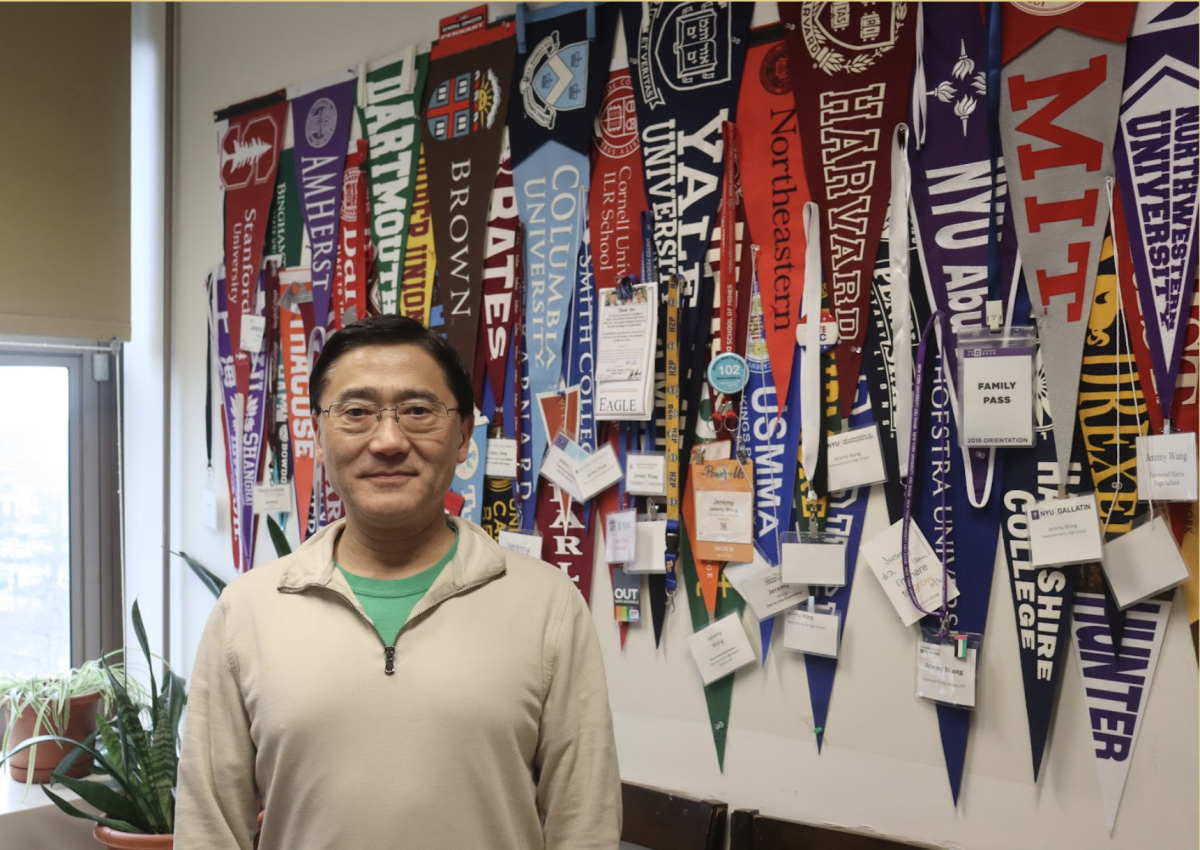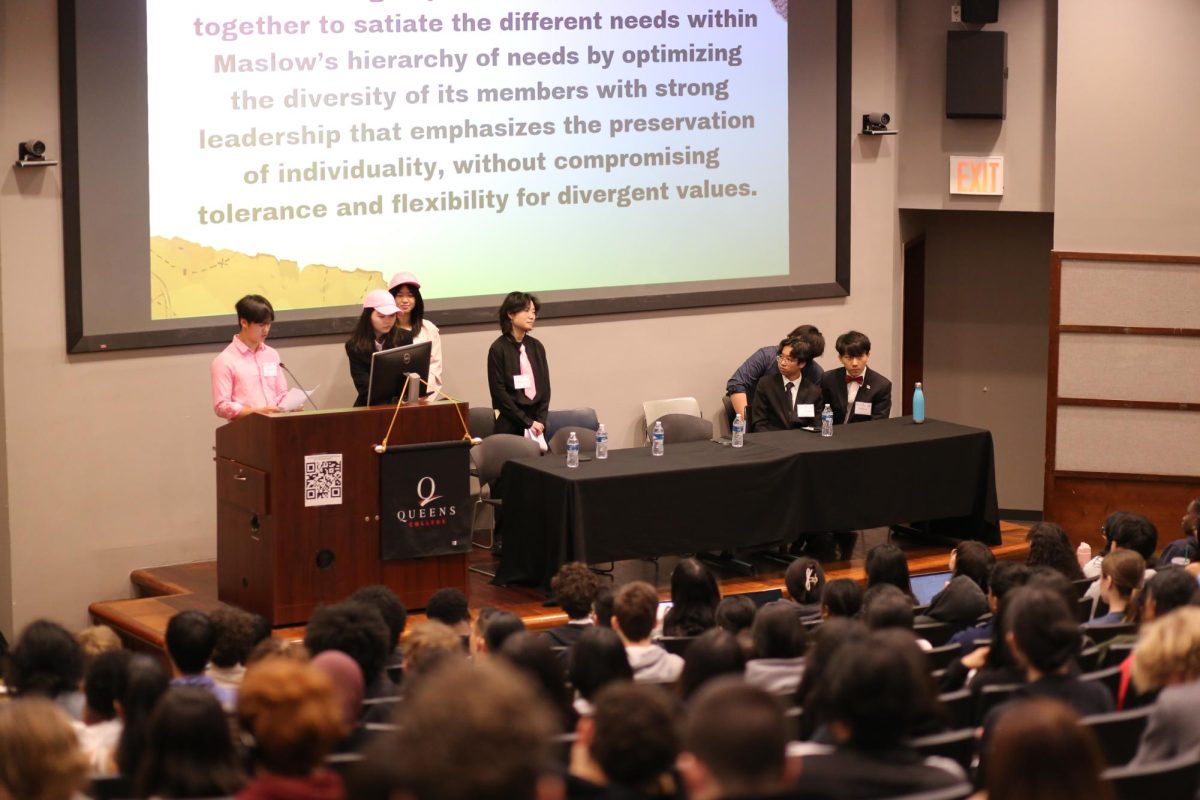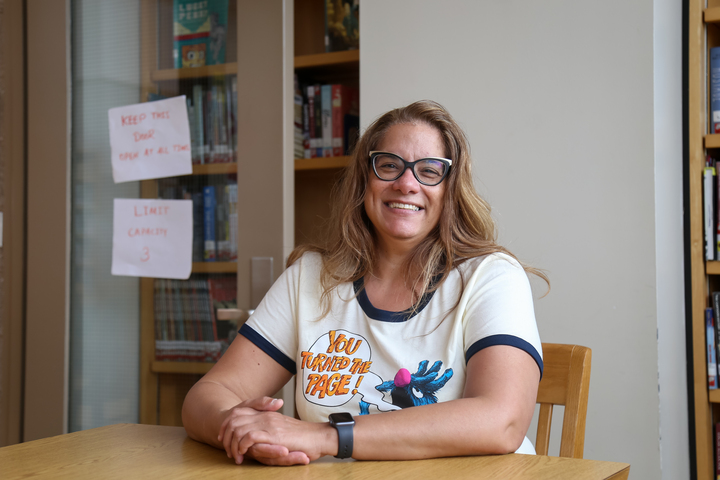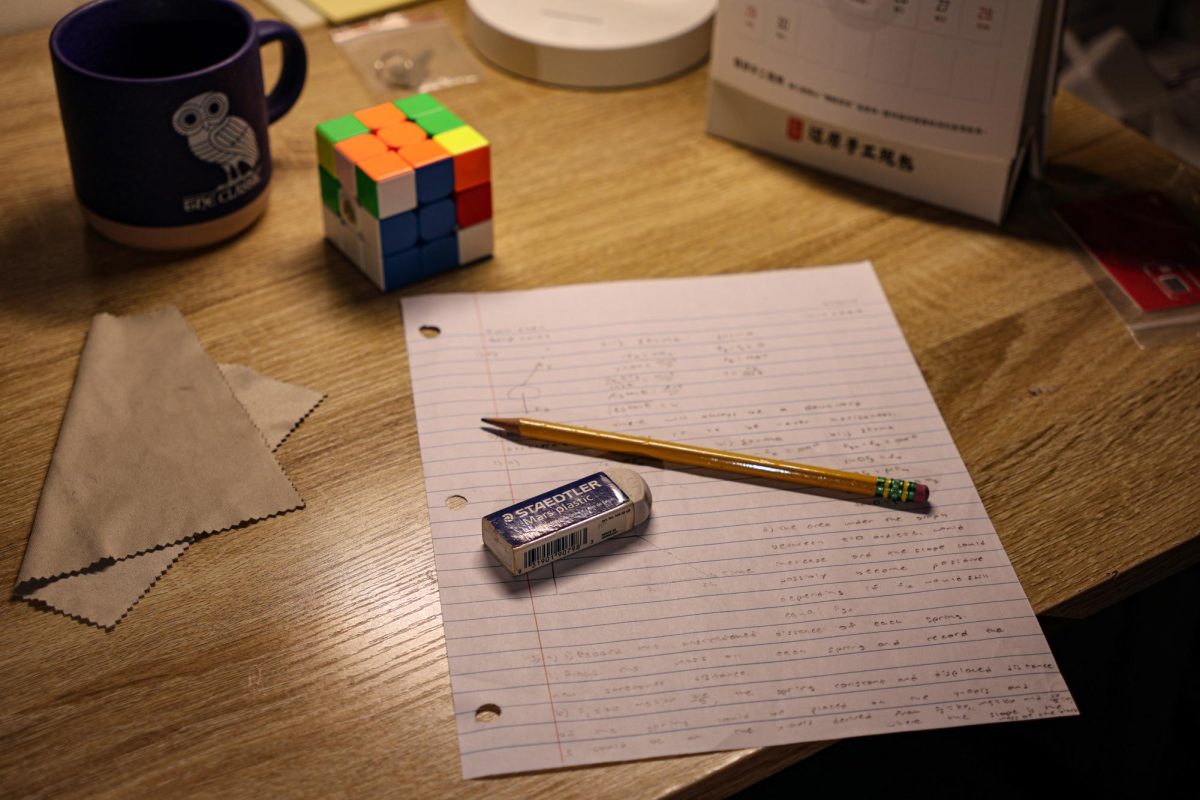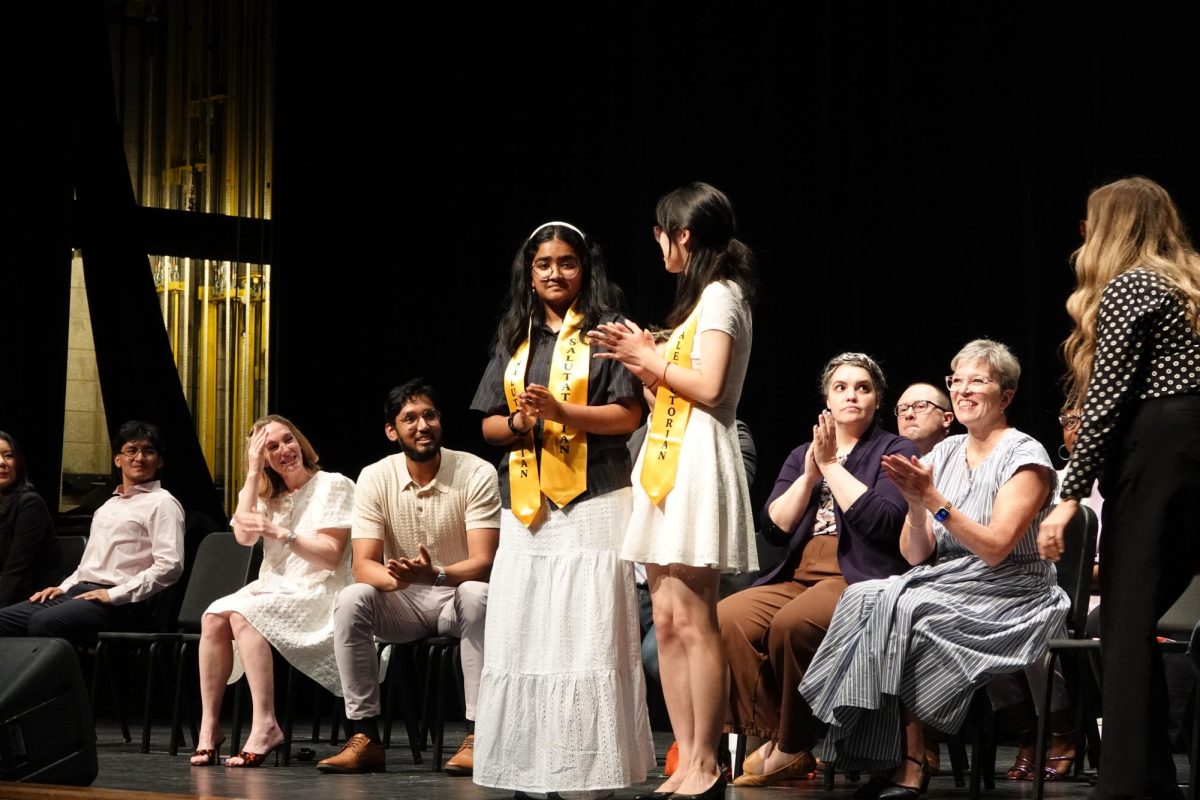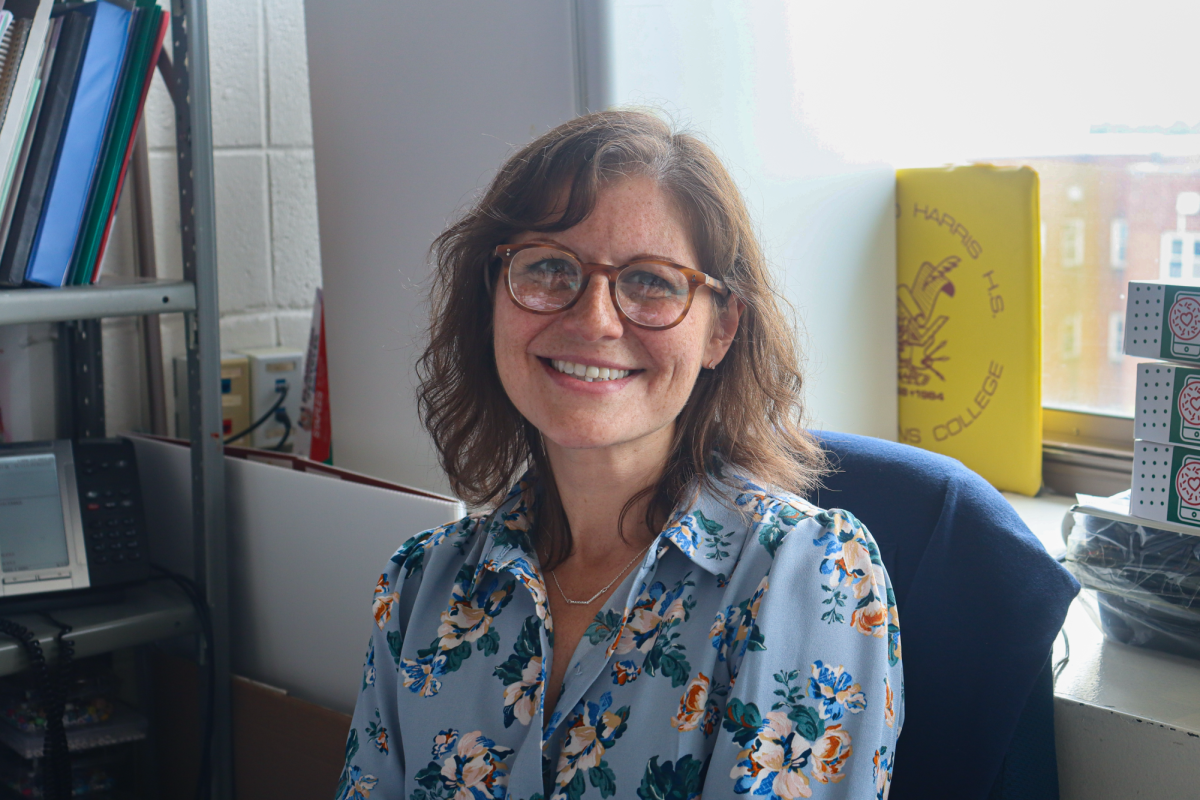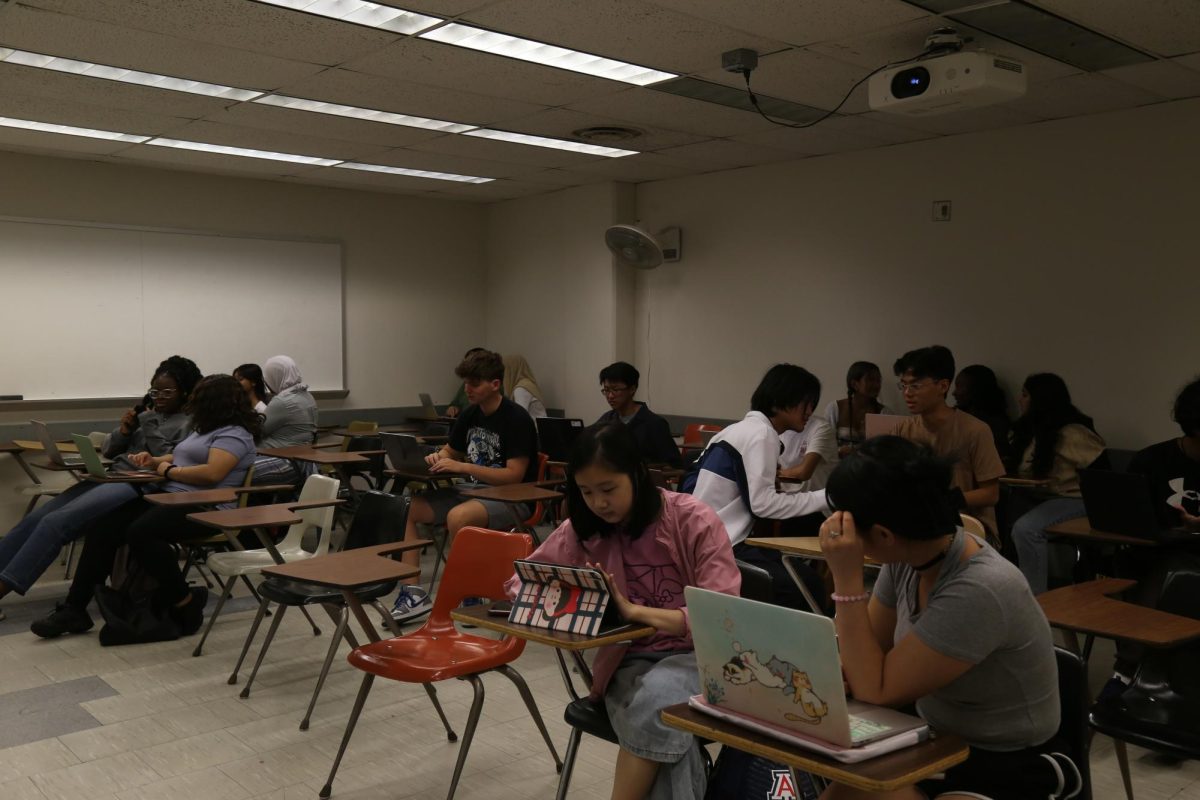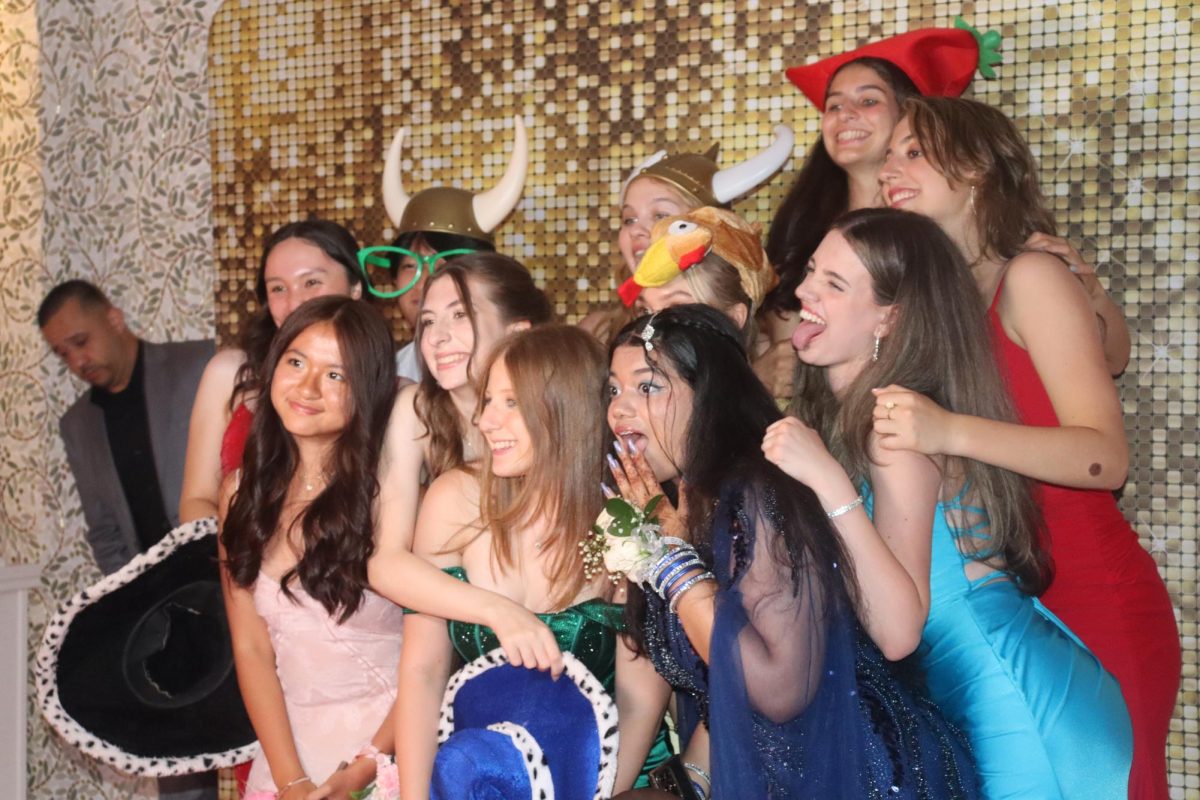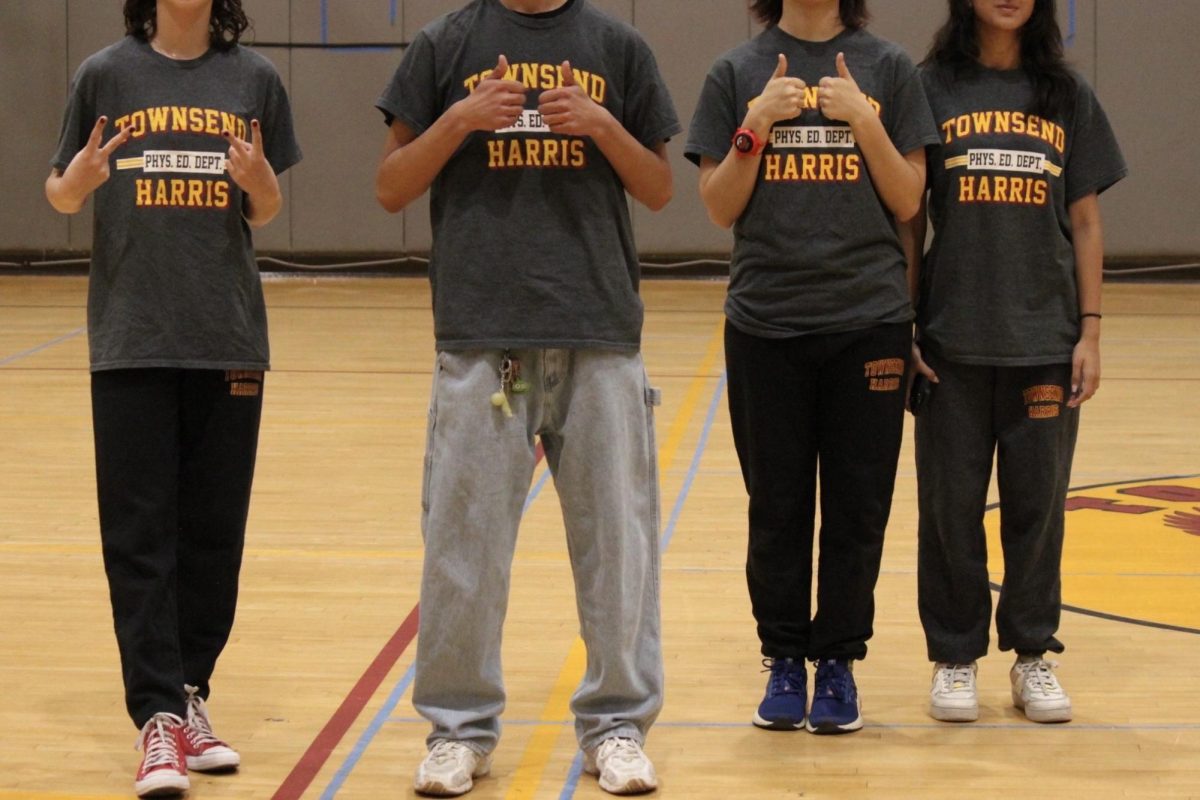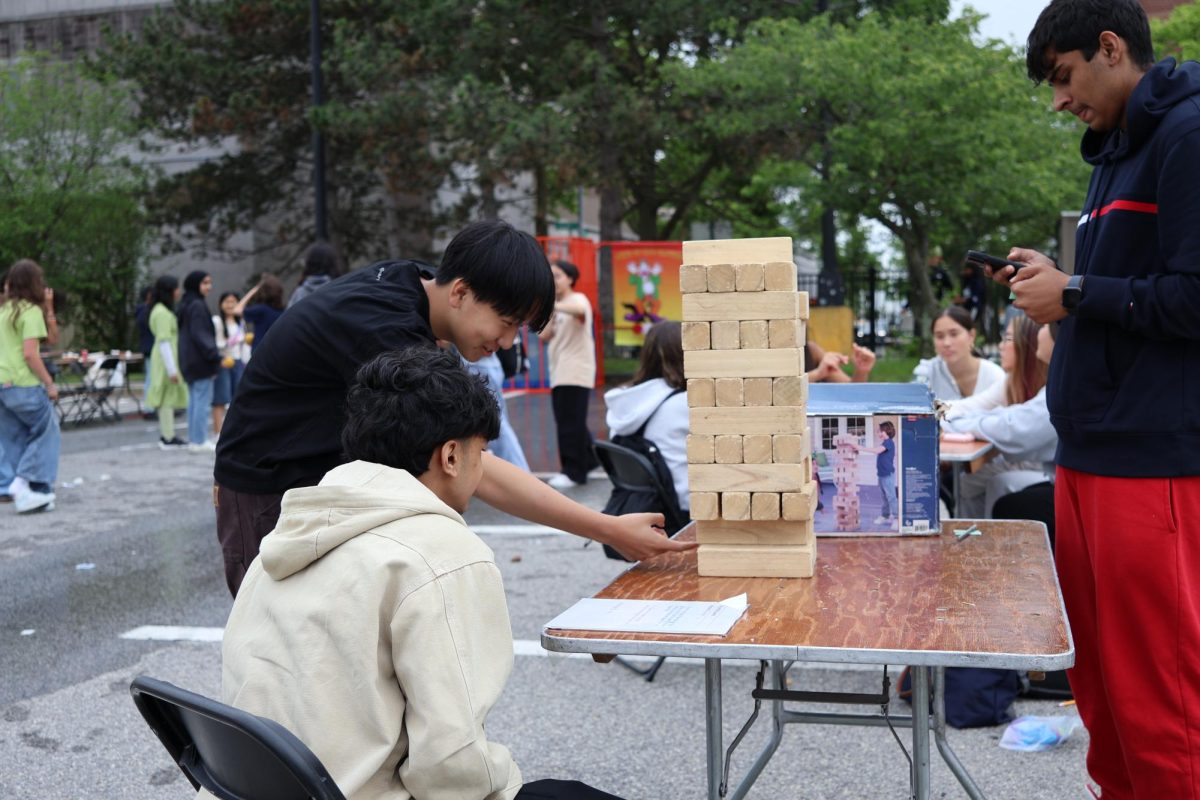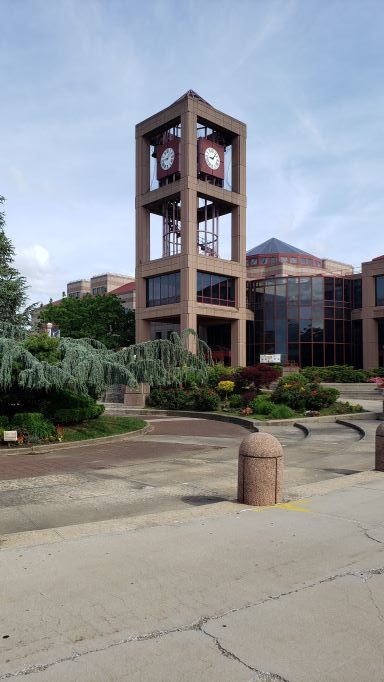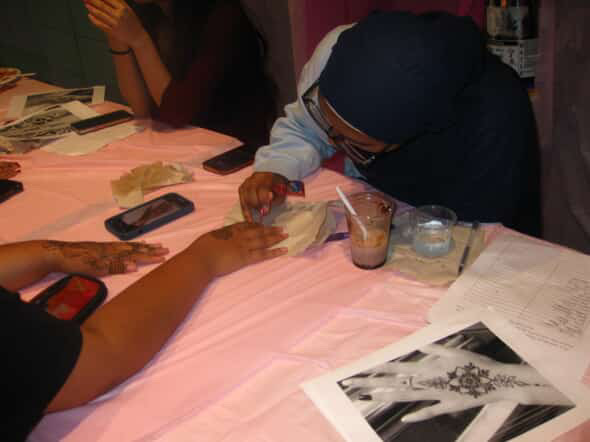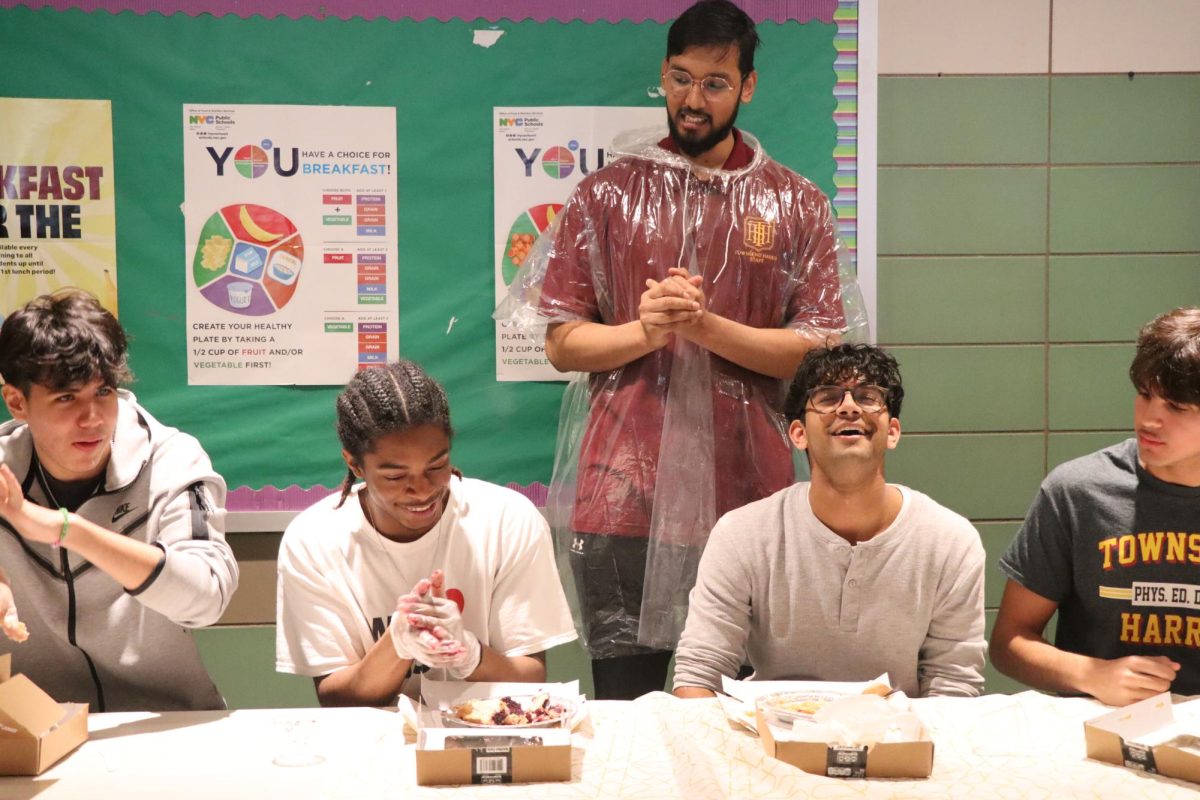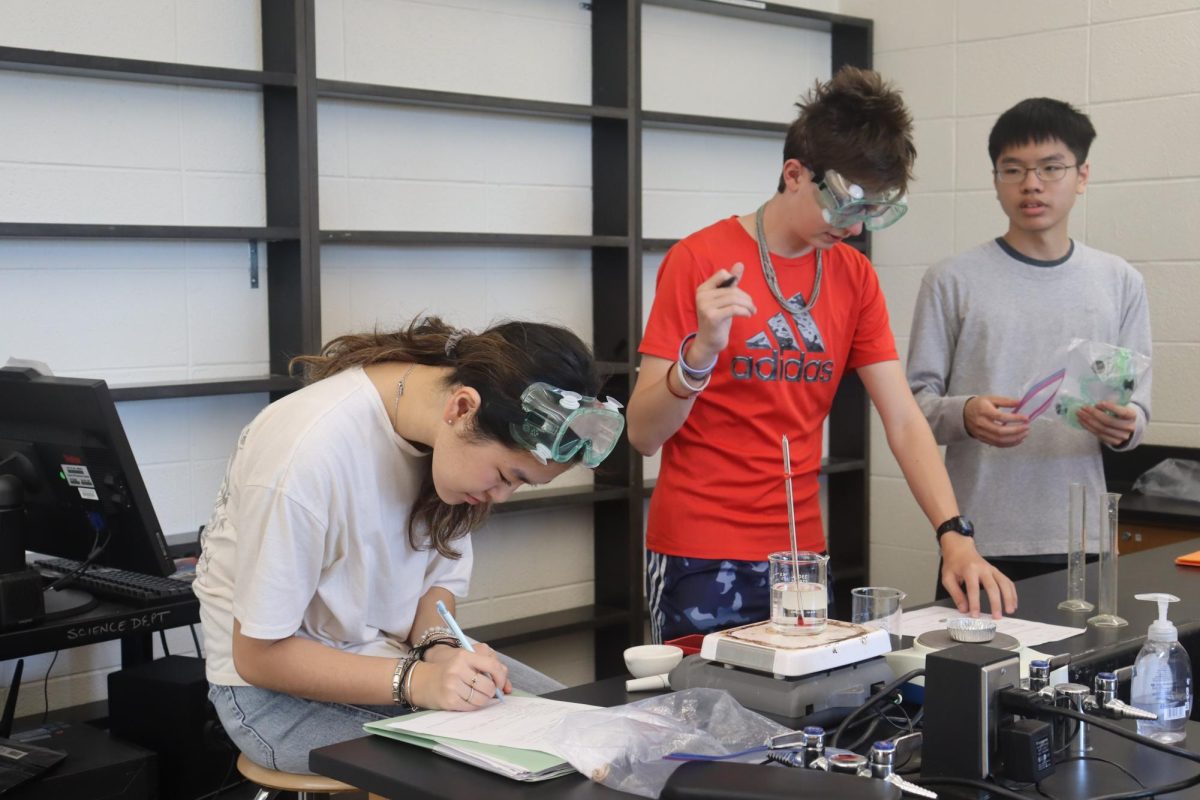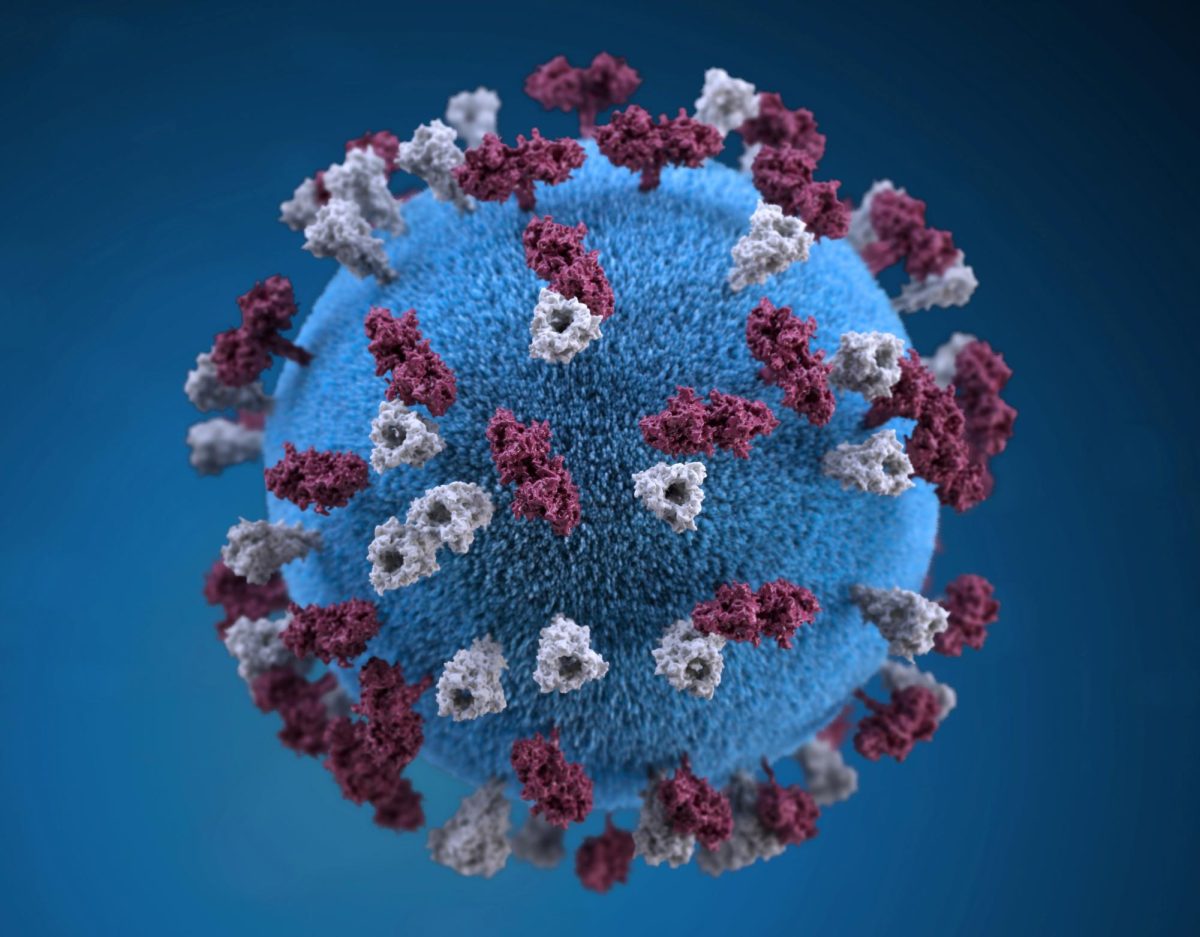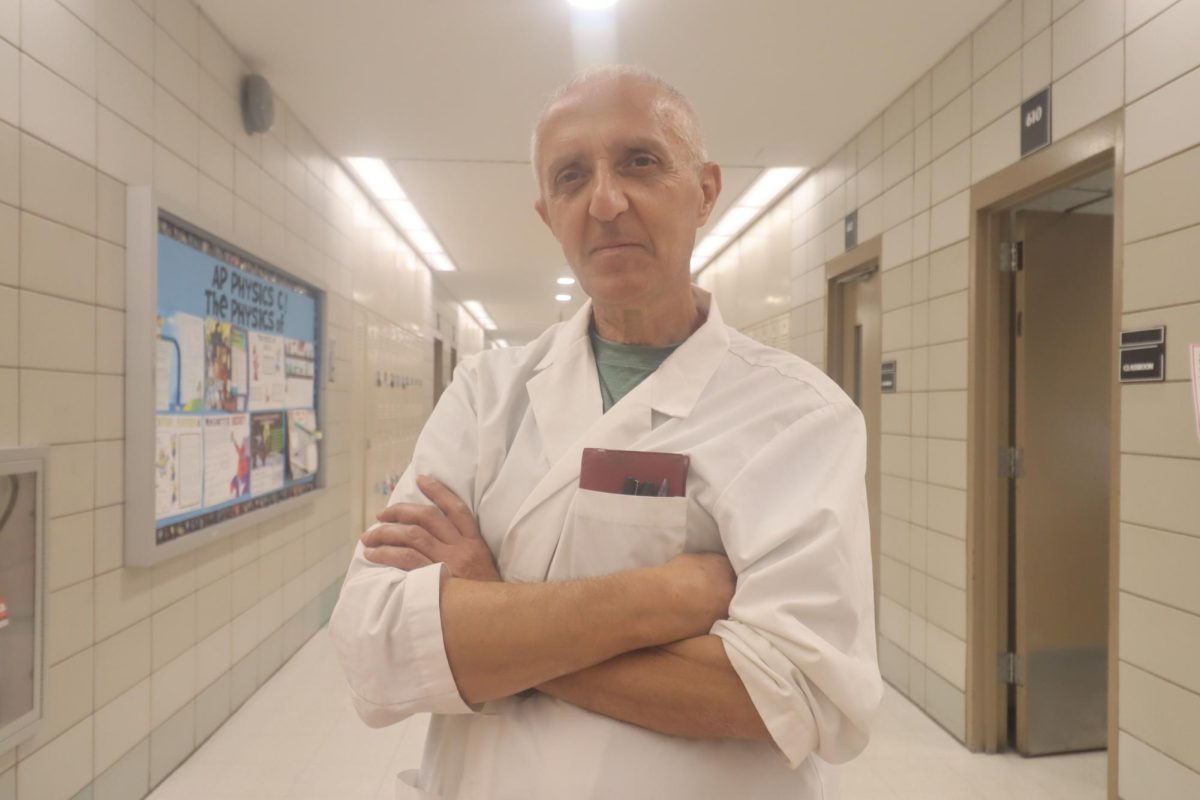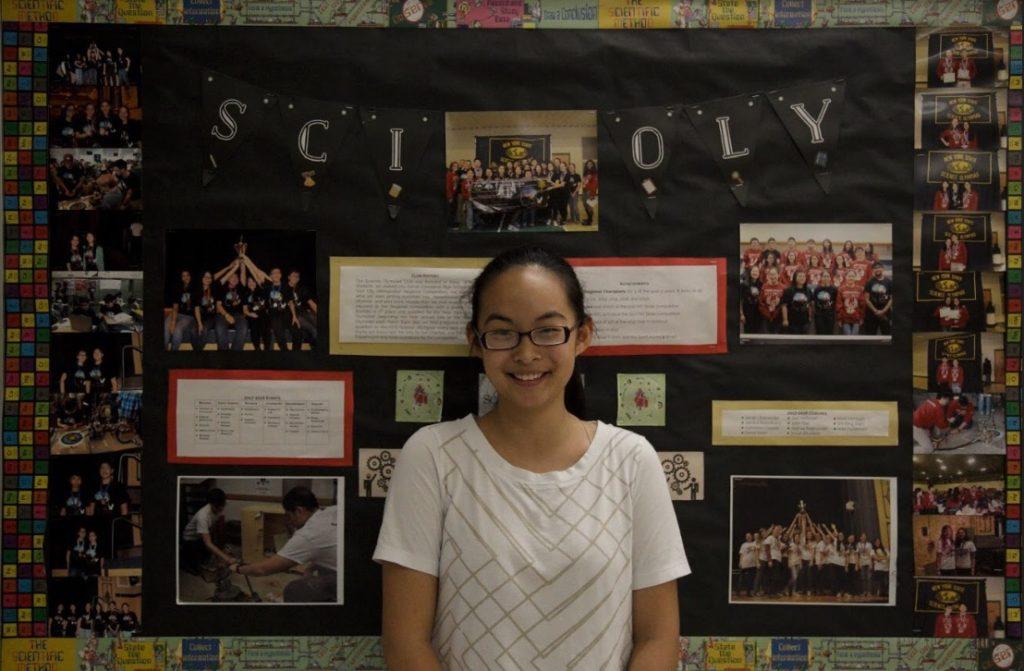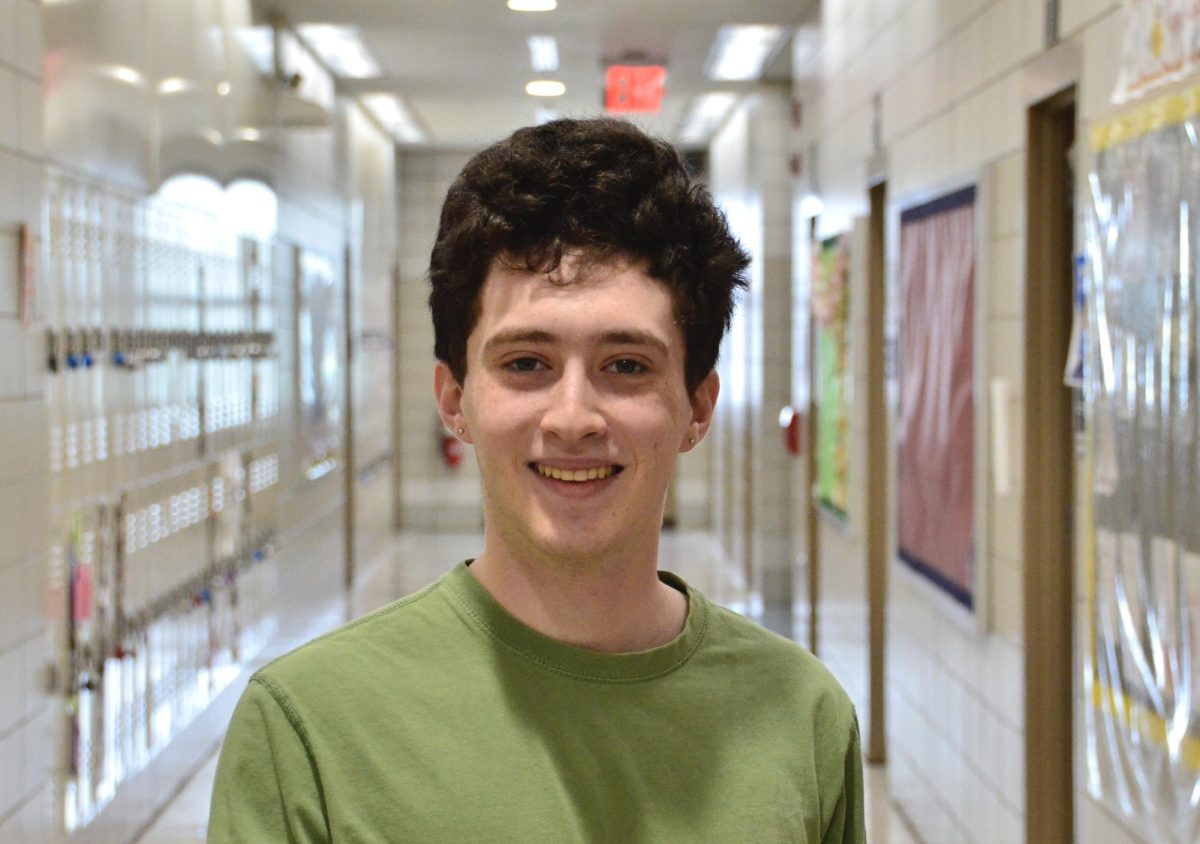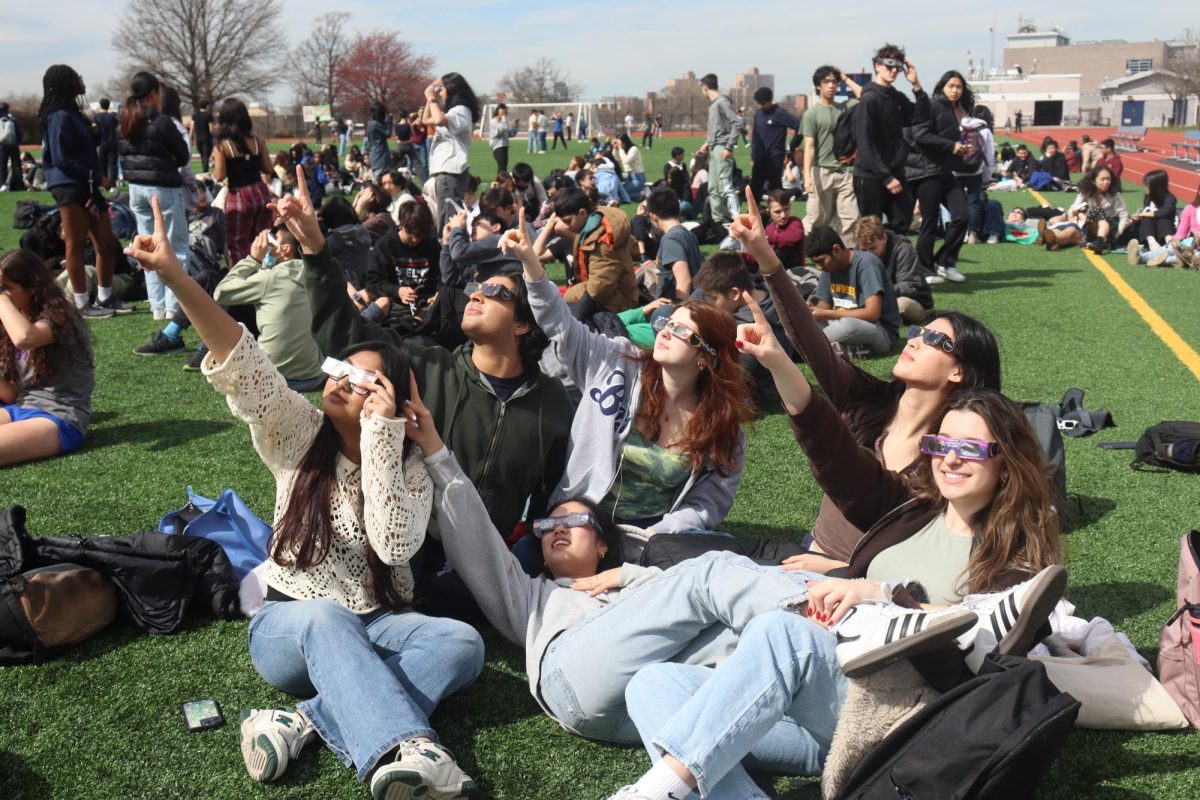
Outside of the swimming pool and Latin League Certamen, senior Lucia Lin is an answer-seeker in every sense of the word. As a child, she persistently asked questions about how and why things worked the way that they did. She turned to science to give her the solutions to the inquiries of her childhood and, more importantly, give her the tools that she needed to continue to answer those inquiries as she grew up.
At Townsend Harris High School, Lucia took every opportunity to satisfy her boundless curiosities. In her freshman year, she joined the school’s Science Olympiad (SciOly) where she quickly ascended the ranks and is now the Vice President on the team’s executive board.
The following year, she chose Science Research as her elective and learned basic lab techniques. “My independent research project [during my sophomore year] was messy. Nothing was really clicking,” Lucia recalled. “My original project dealt with genetics and gel electrophoresis, but in the middle of experimentation, my partner and I found out that the gel electrophoresis in the research lab didn’t work.”
For junior science research, students are required to enter the New York City Science and Engineering Fair (NYCSEF). After several attempts to conduct new experiments to submit to the competition, Lucia ended up using a project from her sophomore year, which studied the effect of the antimicrobial activity of eucalyptus and grapefruit essential oils on Bacillus megaterium in comparison to Penicillin’s effect.
“I entered NYCSEF with incredibly low expectations because of how rushed my project was. On top of that, I thought that [my experiment] was pretty simple in comparison to the other projects that studied new ways to diagnose cancer or complex algorithms that allowed ambulances to get to hospitals quicker,” Lucia commented. However, contrary to her and her partner’s expectations, they ultimately achieved second place at the NYCSEF Finals.
While searching for a topic that she felt passionate about researching, Lucia discovered the Garcia Research Scholar Program at Stony Brook University, a research program that focused on materials science and engineering. The two fields go hand in hand, as Lucia explained how materials science “studies the behavior of materials and how we can use the properties of certain materials to create advancements in” engineering overall by optimizing the materials that are used for different projects.
Her participation in the Garcia Program opened many doors for her research. Not only did it provide access to a professional research lab and facility, but it also gave her the chance to learn about groundbreaking research conducted by experienced scientists in the fields of materials science and engineering. Along with the educational benefits, the Garcia Program provided the chance for Lucia to bond and network with the other students who participated in the program and shared the same interest materials science.
Lucia’s project at Garcia involved the use of graphene oxide, a type of nanomaterial, in hydrogen fuel cells to maximize their power, density, and performance. These hydrogen fuel cells convert chemical energy into electrical energy using an electrochemical cell. At the anode (the site of oxidation), hydrogen is supplied and, when it encounters a platinum catalyst, splits into protons and electrons. The protons move through a proton exchange membrane to migrate to the anode while the electrons pass through an external circuit producing electricity. The protons and electrons recombine with oxygen at the cathode (site of reduction) and create a clean byproduct of water.
However, hydrogen fuel cells are still being tested, as one of their most significant problems is that the proton exchange membranes are vulnerable to gas permeability. Specifically, the hydrogen gas sometimes moves through the membrane without splitting into protons and electrons, which decreases the energy output and increases the difficulty in introducing hydrogen energy into society.
One particular material that has been observed to have great potential to reduce gas permeability is graphene oxide, which, Lucia explained, is “a revolutionary material that consists of a single layer of carbon atoms arranged in a hexagonal lattice.” Graphene oxide contains nanopores which decrease gas permeability, while still allowing protons to pass through due to its proton transport channels.
In her experiment, Lucia employed a Langmuir-Blodgett (LB) trough to deposit monolayers (a layer that is one molecule thick) of graphene oxide onto a proton exchange membrane substrate. An LB trough is dependent on the interface between air and water to coat substrates. “One of the most difficult obstacles [that] I encountered was finding the optimal conditions to coat the membrane. [I found that] by depositing graphene oxide solution [with] a glass syringe, [I would be] minimally disturbing the air-water interface. I then used three different surface pressures to coat proton exchange membranes with graphene oxide and tested it in a fuel cell,” Lucia explained.
She observed that utilizing graphene oxide to coat the membranes in fuel cells significantly increased power output. Her findings hold great importance because it “makes hydrogen energy a more viable alternative to fossil fuels in terms of energy production, which will hopefully increase hydrogen fuel implementation in the world around us to decrease harmful emissions from fossil fuels.”
Originally having had plans to study medicine in college, her experience in Garcia and science research in THHS helped her realize her interest in doing research and studying chemical engineering. Lucia’s newfound ambitions are accredited to her understanding that research is “one of the most important fields of study because you can directly impact both the people and the world around you, and being able to make the world a more beautiful place for years to come [is] an incredible privilege.”

